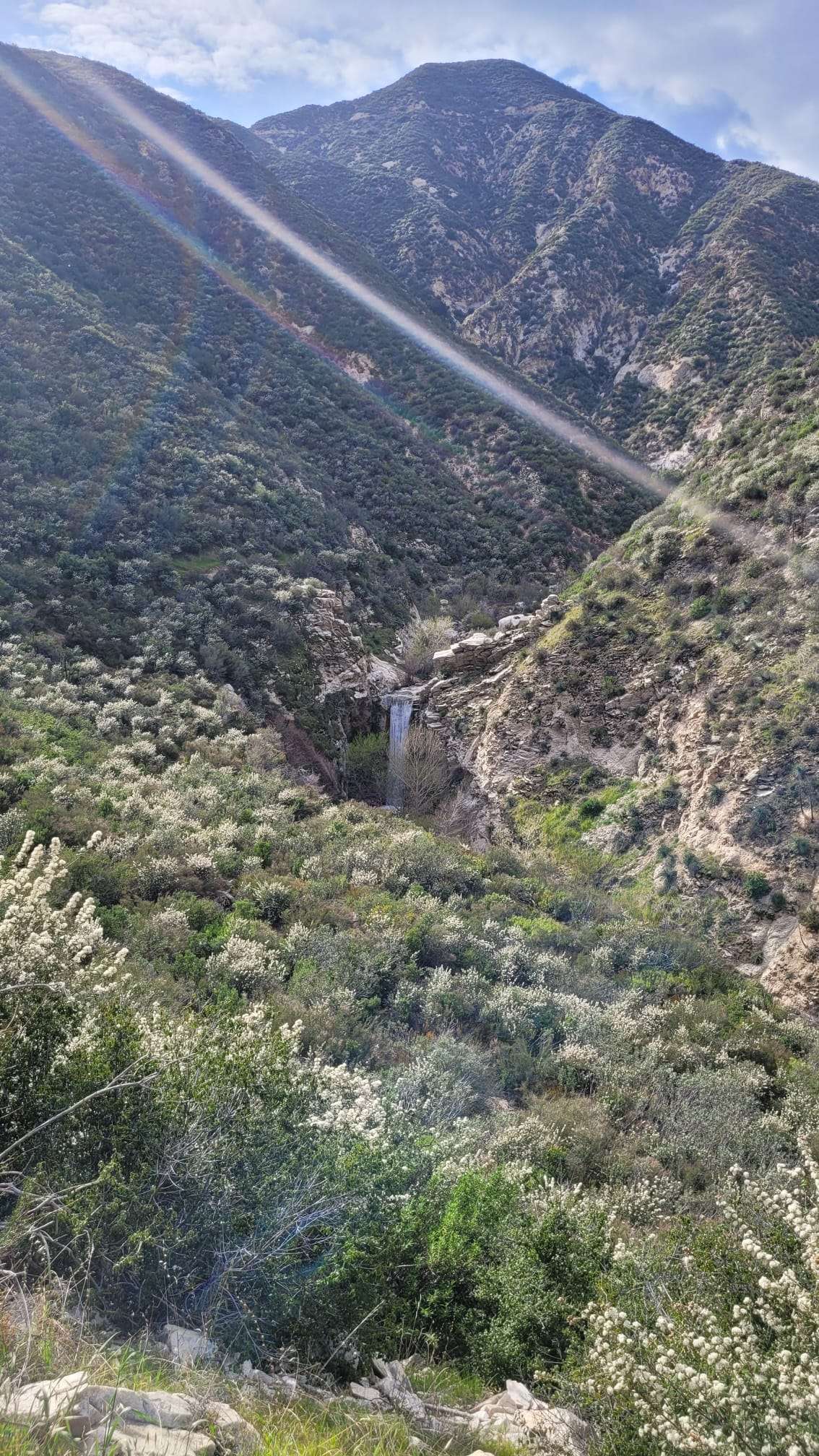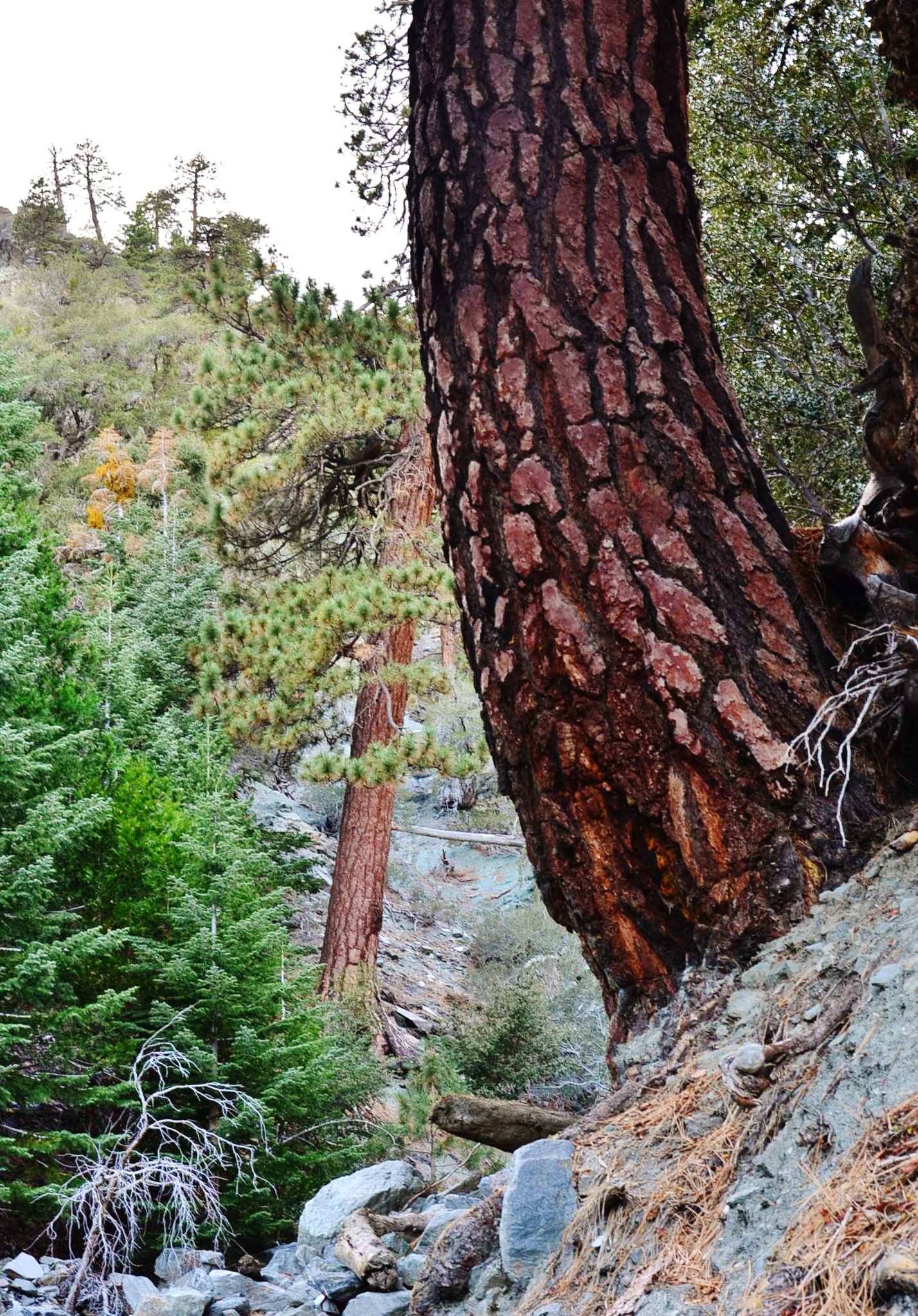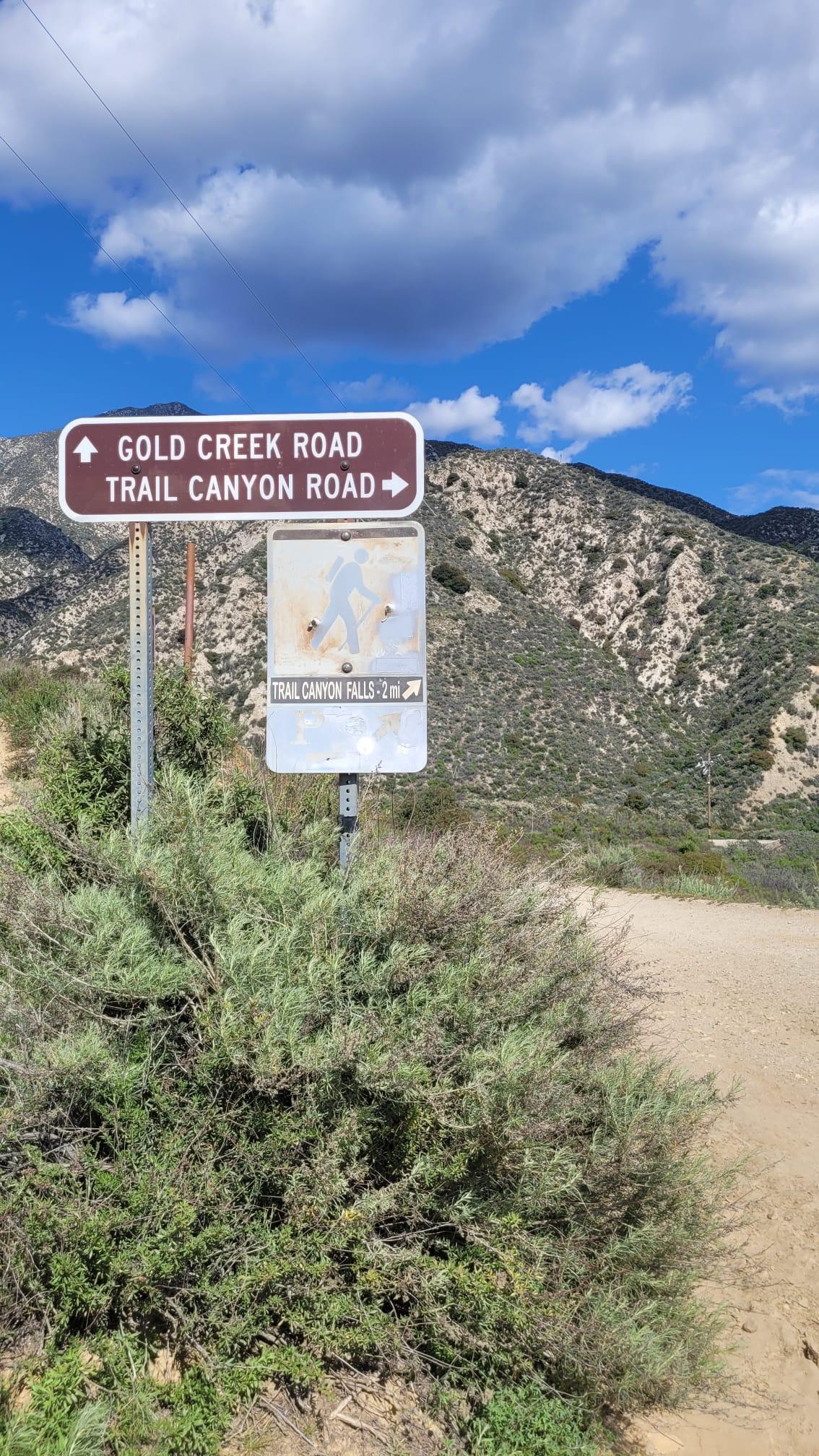The Angeles National Forest OHV Guide provides essential information for off-highway vehicle enthusiasts exploring the diverse terrain of Southern California’s most accessible national forest. With 364 miles of designated OHV routes, the Angeles National Forest offers a range of experiences from scenic trails to challenging play areas. This guide covers key aspects of OHV use in the forest, including trail information, camping regulations, vehicle requirements, and seasonal considerations to ensure a safe and enjoyable adventure.
The Angeles National Forest boasts an extensive network of OHV trails and areas, catering to various skill levels and preferences. Here’s an overview of the main features:
- Total OHV Routes: 364 miles of designated roads for off-highway vehicles
- Diverse Terrain: From flowing scenic trails to challenging play areas
- Popular Areas: San Gabriel Canyon OHV Area, Buffer OHV Trail, and Rowher Flats OHV Area
What Can You Expect at San Gabriel Canyon OHV Area?

The San Gabriel Canyon OHV Area is a highlight for many off-road enthusiasts:
- Large play area with varied terrain
- Features include:
- Mud pits
- Rock piles
- Stream crossings
- Suitable for half-day family rides
- Caution: Water crossings can be deep during certain seasons
How Does the Buffer OHV Trail Enhance Your Experience?

The Buffer OHV Trail offers:
- Flowing and scenic routes
- Representative of the area’s overall terrain
- Ideal for getting acquainted with Angeles National Forest OHV riding
What Makes Rowher Flats OHV Area Unique?
Rowher Flats OHV Area stands out for:
- Proximity to Los Angeles
- Combination of trails and open riding areas
- Suitability for adventure bikes and dual sport motorcycles
What Are the Camping Regulations for OHV Users?
When planning an overnight stay in Angeles National Forest, OHV users should be aware of the following camping regulations:
- Camping is restricted to designated campsites only
- Amenities vary by location, with some sites offering:
- Restrooms
- Water sources
- No specific OHV-only camping areas are mentioned
- Reservations may be required, especially during peak seasons
| Camping Consideration | Details |
|---|---|
| Permitted Locations | Designated campsites only |
| Amenities | Vary by site; some have restrooms and water |
| OHV-Specific Areas | Not specified |
| Reservations | May be necessary, check with forest service |
What Vehicle Regulations Apply to OHV Use in Angeles National Forest?
To ensure compliance and safety, OHV users must adhere to the following vehicle regulations:
- Allowable Vehicle Types:
- Motorcycles
- ATVs
- Other OHVs on designated routes
-
Highway-licensed vehicles meeting public road standards
-
Noise Restrictions:
-
Vehicles must not exceed 96 dba
-
Required Documentation:
- Current Green or Red Sticker
-
Highway License (for applicable vehicles)
-
Safety Equipment:
- Forest Service-approved spark arrester
-
DOT-compliant safety helmets for all motorcycle riders
-
Supervision Requirements:
- Unlicensed juveniles must be supervised by a licensed adult when operating motorcycles or ATVs
Which Are the Best OHV Routes and What Are Their Notable Features?
While specific GPS coordinates and travel times are not provided, here are some of the top OHV routes in Angeles National Forest:
- Buffer OHV Trail
- Scenic views
- Flowing terrain
-
Representative of the area’s overall riding experience
-
Rowher Flats OHV Area
- Variety of trails and open riding spaces
- Suitable for adventure and dual sport bikes
-
Convenient location near Los Angeles
-
San Gabriel Canyon OHV Area
- Diverse terrain features
- Mud pits and rock piles for technical riding
- Stream crossings (caution advised during high water seasons)
How Do Seasonal Changes Affect OHV Access in Angeles National Forest?
Seasonal variations can significantly impact OHV activities in the forest:
- Closures: Some roads and trails may be closed seasonally or due to weather conditions
- Water Levels: Stream crossings, particularly in San Gabriel Canyon OHV Area, can become hazardous during certain times of the year
- Terrain Changes: Weather can affect trail conditions, creating additional challenges or hazards
What Should OHV Riders Know About Seasonal Challenges?
- Check Current Conditions: Always refer to Motor Vehicle Use Maps for up-to-date regulations and closures
- Be Prepared: Terrain can include rocky areas, steep grades, and variable stream crossings
- Adjust Plans: Be ready to modify your route based on seasonal conditions and closures
What Are the Essential Safety Tips for OHV Riding in Angeles National Forest?
To ensure a safe and enjoyable experience, follow these key safety tips:
- Wear appropriate safety gear, including DOT-approved helmets
- Stay on designated OHV routes and respect trail closures
- Ride within your skill level and be aware of changing terrain conditions
- Carry emergency supplies, including water, first-aid kit, and communication devices
- Inform someone of your planned route and expected return time
- Be mindful of other forest users and wildlife
How Can OHV Riders Minimize Their Environmental Impact?
Responsible OHV use is crucial for preserving the Angeles National Forest. Here are ways to minimize your impact:
- Stay on designated trails to prevent erosion and protect vegetation
- Pack out all trash and follow Leave No Trace principles
- Avoid riding in wet conditions that can lead to excessive trail damage
- Respect wildlife and maintain a safe distance
- Use Forest Service-approved spark arresters to prevent wildfires
By following this Angeles National Forest OHV Guide, riders can enjoy the diverse terrain while ensuring safety and environmental conservation. Remember to always check current forest conditions and regulations before your trip to make the most of your off-highway vehicle adventure in this beautiful Southern California landscape.
References:
1. https://www.fs.usda.gov/activity/angeles/recreation/ohv
2. https://www.riderplanet-usa.com/atv/trails/info/california_06246/ride_9f79.htm
3. https://www.californiatrailmap.com/TrailFinder/Angeles-National-Forest-San-Gabriel-Mountains/

